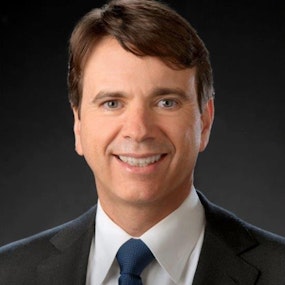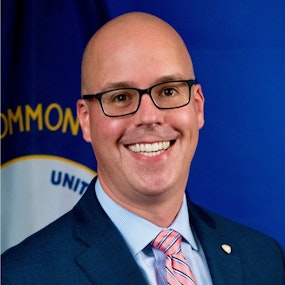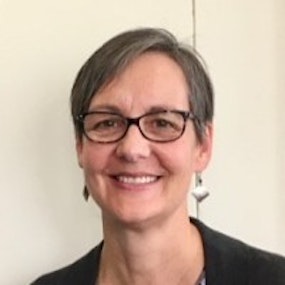ROBERT JOHNSON:
This is the award-winning Public Health Review Morning Edition for Thursday, December 14, 2023. I'm Robert Johnson. Now, today's news from the Association of State and Territorial Health Officials.
BARBARA WALLACE:
This past year in New York State the two main strategies considered to address youth tobacco and nicotine use were price strategies and restricting flavored products.
JOHNSON:
Dr. Barbara Wallace with the New York State Department of Health says higher taxes can encourage people to quit tobacco.
WALLACE:
Research indicates that for every 10% increase in the price of cigarettes, consumption is reduced by about 7% among youth. New York State's enacted budget for 2023 included a $1 increase in the tax on a pack of cigarettes, making New York's tax total $5.35, the highest in the nation.
JOHNSON:
Wallace says New York also approved a plan to prohibit the sale of tobacco products in vending machines on state property. However, a separate attempt to ban the sale of all flavored tobacco products was not approved. Even so, Wallace says advocates learned a lot during the fight.
WALLACE:
We know the tobacco industry perpetuates misleading arguments against flavored bans and we need to continue to counter these claims in partnership with the communities most impacted by commercial tobacco.
JOHNSON:
One of those claims was that flavored bans hurt some communities more than others.
WALLACE:
That is incorrect. The menthol ban that was proposed last year sought to ban the manufacture and retail sale of menthol tobacco products. There are no penalties or law enforcement for individuals who purchase, possess, or use menthol products.
JOHNSON:
Pricing strategies and flavored bans are examined as part of ASTHO's 2024 Legislative Prospectus series. Our coverage of the series began this week and continues through next week. You can read more using the links in the show notes.
Cases of COVID, flu and RSV are increasing across the U.S. ASTHO Chief Medical Officer Dr. Marcus Plescia worries that too many sick people could eventually overwhelm hospitals.
PLESCIA:
The thing that we're concerned about is that we could get to a situation where so many people are sick and getting hospitalized, that it could lead to problems with capacity in our healthcare system. So, you know, there wouldn't be enough beds or there wouldn't be enough staff to take care of all these people.
JOHNSON:
Plescia wants ASTHO's members to talk with their health care counterparts to make sure they're prepared for whatever comes in the next several months.
PLESCIA:
We want healthcare systems to really be aggressive about getting their workers vaccinated, so that at least we've got that level of security. We want health care systems to really work on systems to vaccinate people for flu, RSV, and COVID when they're being discharged to a nursing home, that way, we know that people who are in nursing homes who are the most vulnerable are well protected. And then we really want health care systems to work on getting the vaccine out into their community practices and other community sites.
JOHNSON:
Plescia writes about actions agencies can take to collaborate with health care providers, there's a link to his blog article in the show notes.
Also today, work is underway to make the drug that can reverse an opioid overdose available in more places. Jurisdictions are placing naloxone in boxes on street corners and other locations where people who witnessed an overdose can find it quickly. This is ASTHO President Dr. Steven Stack.
STEVEN STACK:
Having community-based naloxone boxes that are positioned in commonly populated areas are really important; perhaps even having naloxone next to every AED that we have out in public places so that people know that that area has both the defibrillator and also has the naloxone as a reversal agent.
JOHNSON:
Stack says lives can be saved if bystanders are able to help an overdose victim.
STACK:
If those bystanders had access to reversal agents such as naloxone, they would be in a much better chance to be able to help the person experiencing an overdose. So, having naloxone and similar products widely available out in the public would be an incredible way to help reduce dramatically the number of overdose tasks.
JOHNSON:
Stack and other ASTHO members discussed the overdose crisis in a recent call with members of the news media. You can watch a video recording of the discussion and read more using the links in the show notes.
Finally, this morning, federal and state lawmakers across the country are making plans for 2024. Stay connected to their proposals and decisions with ASTHO's Legislative Alert emails. Join the list using the link in the show notes.
Before we go, we'd like to remind you to follow this newscast on your podcast player and ASTHO on social media. We're on LinkedIn, Twitter, and Facebook.
That'll do it for today. We're back tomorrow morning with more ASTHO news and information. I'm Robert Johnson. You're listening to the award-winning Public Health Review Morning Edition. Have a great day.







